Search

Grasshoppers May Be an Issue for Winter Wheat This Fall
We have recently observed large populations of grasshoppers in Southeast and Western South Dakota. Due to their destructive feeding habits, it is very important to monitor their populations prior to and during winter wheat planting.
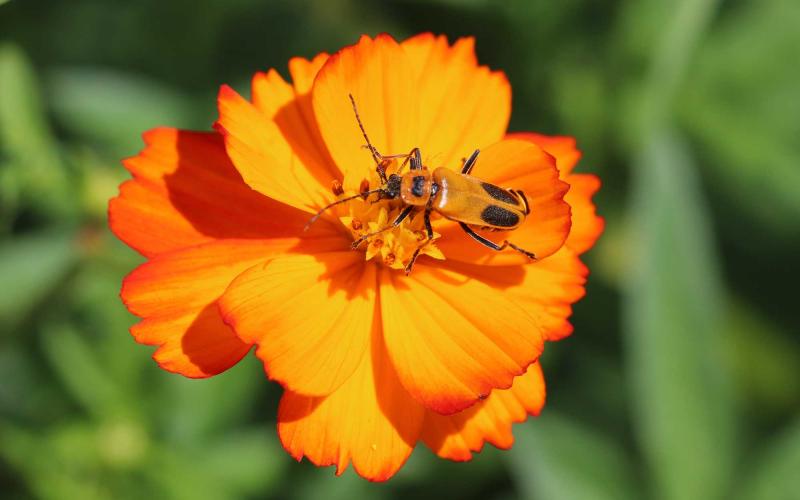
Orange Beetles Are Killing My Flowers, or Are They?
Many gardens are being invaded by orange beetles that have a strong preference for flowering plants. Rest assured, these are soldier beetles and they aren’t feeding on the flowers! Instead, they are actually predators and pollinators.
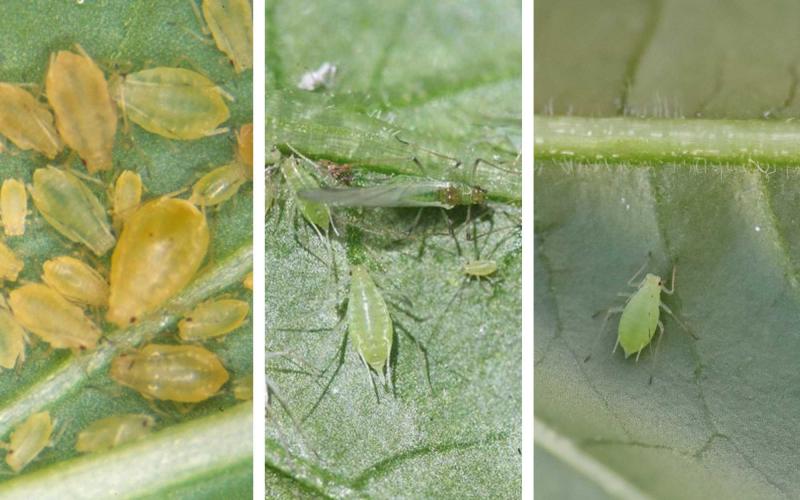
Are Your Pepper Plants Covered With Aphids?
During this time of the growing season, it is common to observe aphids on garden plants, including peppers. However, when dense aphid populations are present, they can reduce pepper yields and cause rapid plant health decline.
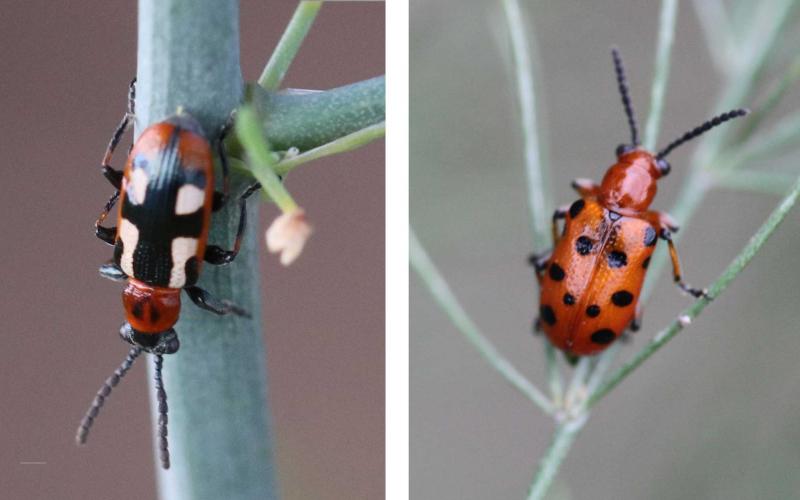
Asparagus Beetles Active in South Dakota
Two insects that we recommend scouting for in asparagus are the common asparagus beetle and the twelve-spotted asparagus beetle. Learn how to identify and manage both before they cause serious issues in your garden.
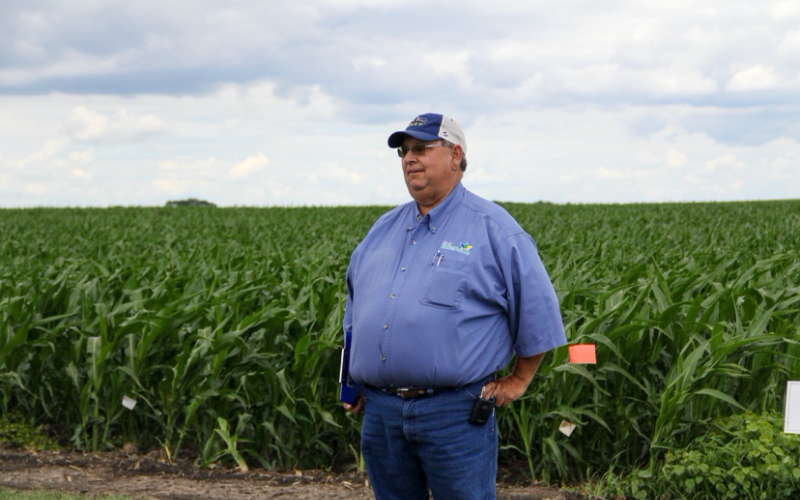
SDSU Extension Weed Evaluation Extension Demonstration Available at South Dakota State Fair
September 01, 2020
The SDSU Extension Weed Evaluation Extension Demonstration project will be available to the public at the South Dakota State Fair September 2-September 7.
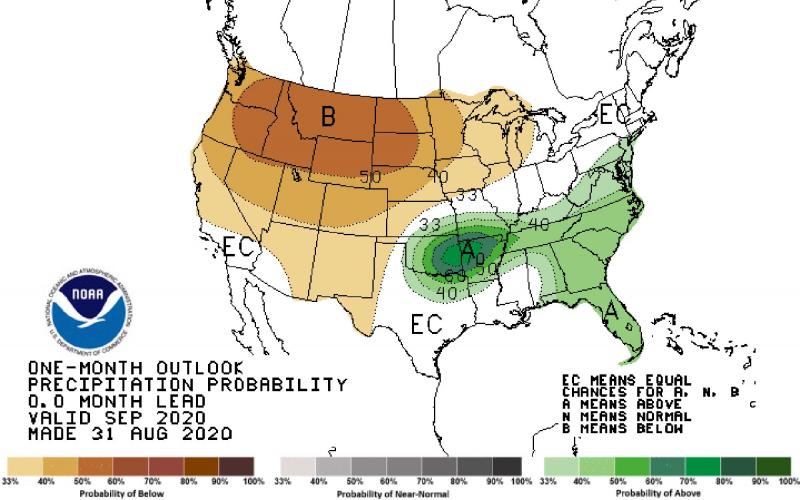
September 2020 Climate & Drought Outlook
Summer has its last hurrah the first week of September before we see potential for our state’s first freeze of the fall season, according to NOAA’s Climate Prediction Center.
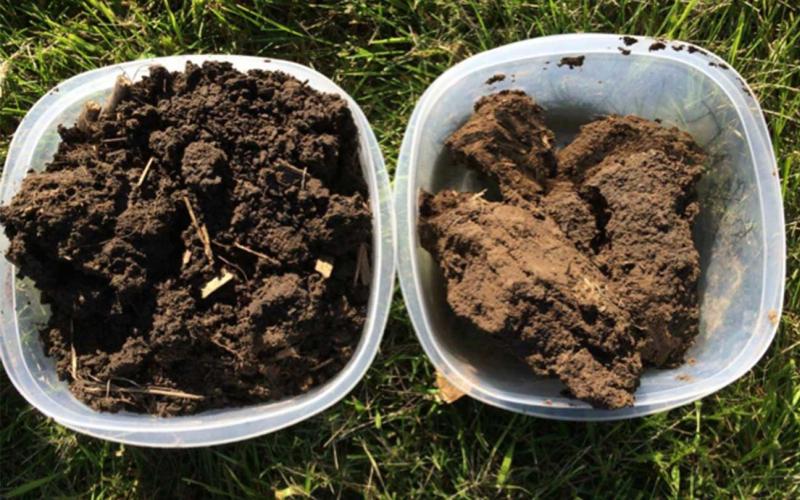
Organic Agronomy Starting to Impact
For decades scientists have known that a handful of soil contained more micro-biological organisms than the number of humans on earth. Science is just beginning to discover these organisms and learn about their functions and contribution to their soil ecosystem.
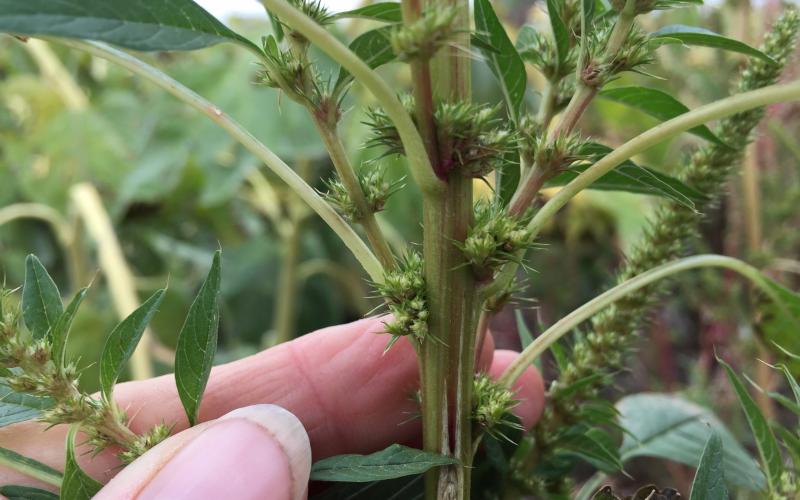
Identification and Management of Palmer Amaranth in South Dakota
Guide for the identification and management of Palmer Amaranth in South Dakota
![A herd of cattle gather around a stock pond on a vast, lush grassland. Courtesy: USDA [CC BY 2.0]](/sites/default/files/styles/teaser_800x500/public/2019-05/W-00231-00-cattle-grazing-grassland-pasture-range.jpg?h=8f818b46&itok=6GS1_Ww0)
Weed Control: Pasture and Range
There are 24 million acres of native and tame pasture and range as well as 1.4 million acres of grass hayland in South Dakota.
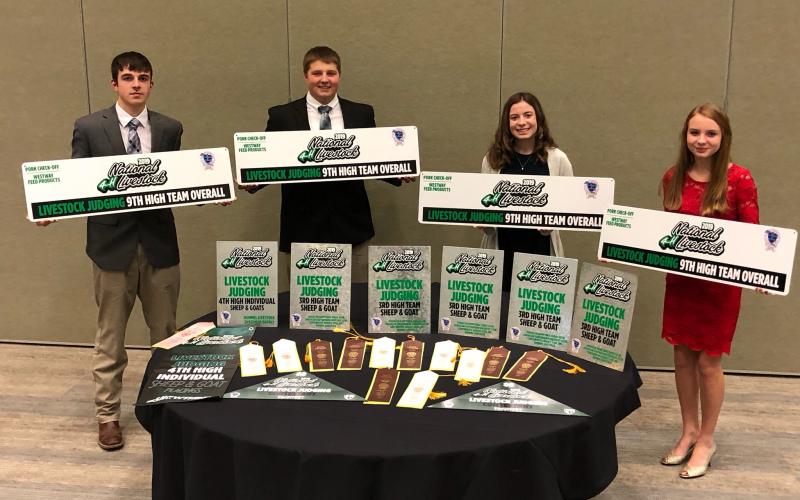
South Dakota 4-H Members Compete in Livestock Judging Contest at 2019 North American International Livestock Exposition
January 13, 2020
South Dakota 4-H youth from Clark, Deuel and McCook counties competed in the 2019 National 4-H Livestock Judging Contest held on Nov. 19, 2019, in conjunction with the North American International Livestock Exposition (NAILE) in Louisville, Kentucky.